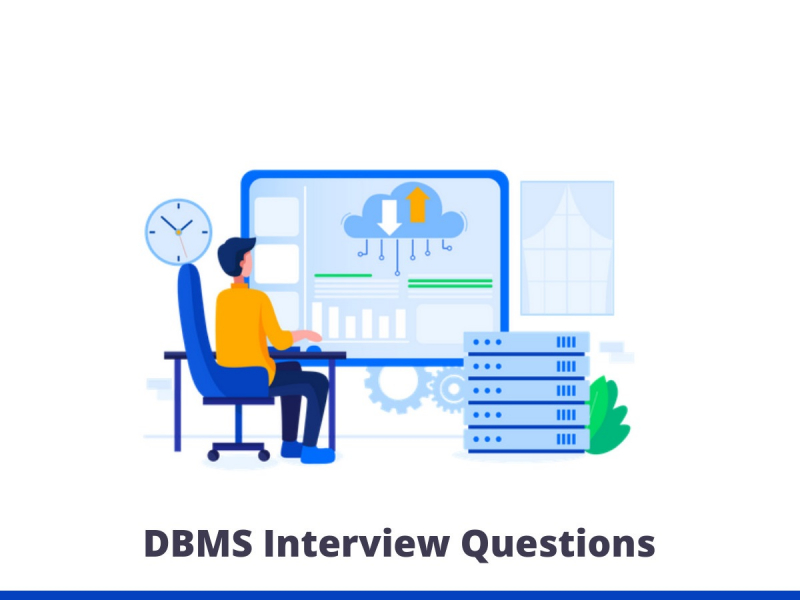What is DBMS?
DBMS is an acronym for Database Management System. It is a software system that is used to create, maintain, and manage databases. It is a collection of programs that enables users to create and maintain a database, as well as control access to it. DBMS provides users with the ability to add, modify, and retrieve data from a database, as well as control the security and integrity of the data.
There are several types of DBMS are available in the market, including relational databases, object-oriented databases, hierarchical databases, and NoSQL databases. The most popular and widely used DBMSs are relational databases, such as MySQL, Oracle, and Microsoft SQL Server.
Are you looking to join the industry as a DBMS developer? Have you prepared yourself to face DBMS Interview Questions? If not, then dig into some technical insights for DBMS. Database management has become popular more than ever. A set of logically arranged data for a specific purpose is commonly known as Database. A collection of programs, which can be used to create and maintain a database is known as Database Management System or DBMS. It is basically a systematic way of executing a command with data.
If one is through with the basics, half the battle is won. The more knowledge on the subject, the easier will it be to crack the DBMS Interviews. There is a vast list of questionnaires available on Google to help you gain confidence before facing the interview panel.

